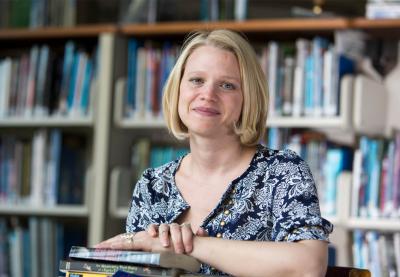A second-grade teacher educates his students about labor injustice by having them grow and clean cotton plants. A middle school teacher dispels myths about the Arab world by having students write their own textbooks about the region. Another implements talking circles in her classroom so effectively that students throughout the campus now use them to resolve conflicts.
The visionary educators behind these practices use their talents to celebrate diversity, reduce prejudice, improve intergroup relations and promote equity in their school communities all year long. That’s why they are among the five recipients of the 2014 Teaching Tolerance Award for Excellence in Teaching.
“The winners of this award are expert social-justice educators,” said Teaching Tolerance Director Maureen Costello, “and who better to learn from? We believe their work will inspire other teachers and encourage them to lead and innovate in their own school communities.”
The awardees welcomed TT into their classrooms last spring, where our staff gathered footage and used it to create professional development materials. In July, the winners gathered in Montgomery, Alabama, for a teacher leader summit during which they participated in interviews and workshops designed to capture their unique contributions and share them with the larger TT community.
It is our pleasure to introduce you to these five exemplary educators.
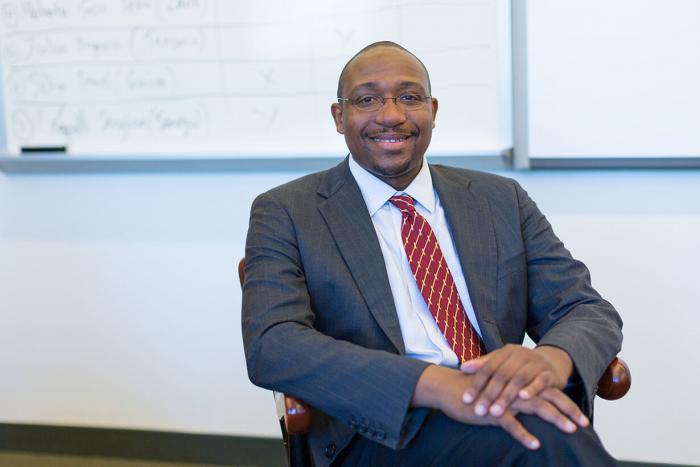
Christopher Avery
Steppingstone Scholars • Philadelphia, Pennsylvania
Chris Avery is a teacher, writer and consultant who engages his students intellectually by challenging them to think along social justice lines—globally. As the director of programs at Steppingstone Scholars, he applies this philosophy in his work helping underserved students achieve academic success. He also wedded creativity and rigor in his former role as a world cultures teacher at The Haverford School, where he had his students write their own textbooks that challenged prejudices about the Arab world.
Avery fosters incredible rapport with students, empowering them to make choices that improve their own lives and their diverse world. He incorporates this talent into his consulting work for TURNING STONEchoice, a nonprofit dedicated to helping students make self-empowering decisions. He is also the author of ANGST, a young-adult novel about navigating high school.
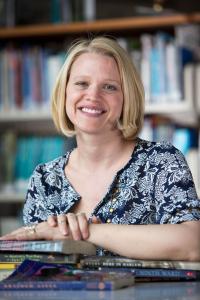
Amy Vatne Bintliff
Oregon Middle School • Oregon, Wisconsin
Amy Vatne Bintliff brings her deep commitment to human rights advocacy and multiculturalism to her day-to-day teaching. She is an educator, researcher and writer who believes strongly in listening to the voices of adolescents. She practices this belief by creatively incorporating the Teaching Tolerance Anti-bias Framework (ABF) into her curriculum and restorative justice-based discipline planning.
Bintliff sought training as a human rights educator through The Advocates for Human Rights and has facilitated restorative justice circles since 2003. Her circles impacted students so deeply that some of them petitioned the school for more circles, which are now used throughout campus and are available to all students. Bintliff is also the author of Re-engaging Disconnected Youth: Transformative Learning through Restorative and Social Justice Education.
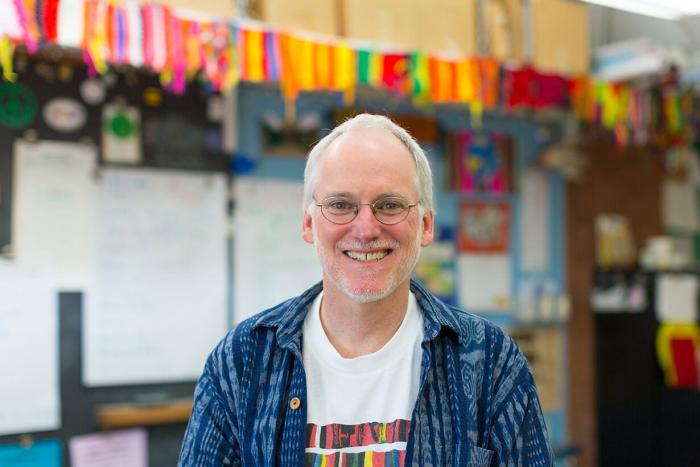
Christopher Hoeh
Cambridge Friends School • Cambridge, Massachusetts
Christopher Hoeh seeks challenges as an educator, teaching his second-graders sophisticated and complex topics like American slavery, Jim Crow and current labor injustice, notably through his academically rigorous, multidisciplinary and yearlong social studies curriculum. After tracking their own processes of growing, picking and cleaning cotton from a classroom plant, Hoeh’s young students—without his prodding—determined that the cotton gin was an instrument of enslavement. This year, his students took action based on their cotton-growing experience and learning, protesting unfair labor practices via petition. Hoeh is also a leader in his school, facilitating anti-racist study groups and sharing his substantial experience as a mentor to other practicing teachers.
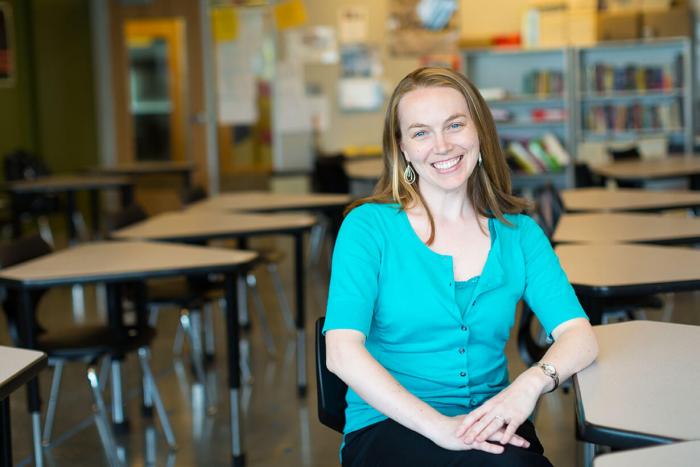
Barrie Moorman
E.L. Haynes Public Charter School • Washington, District of Columbia
Barrie Moorman engages her students by taking them out of the classroom and into the community. As an educator of many low-income students and students of color in the D.C. area, she wants her students to feel connected to their city and view its monuments and history as their own. This year, Moorman devoted her spring break to taking students on a civil rights road trip across the South. In preparation for that trip, she arranged for her students to meet with U.S. Rep. John Lewis, who answered their questions and enabled them to connect their learning to a person who brought the movement to life.
Talking about race and identity is a priority in Moorman’s classroom. Examining these topics is, she feels, critical to developing the skills students need to interrupt inequity and achieve successful outcomes. Moorman also leads Race and Equity in Education Seminars.
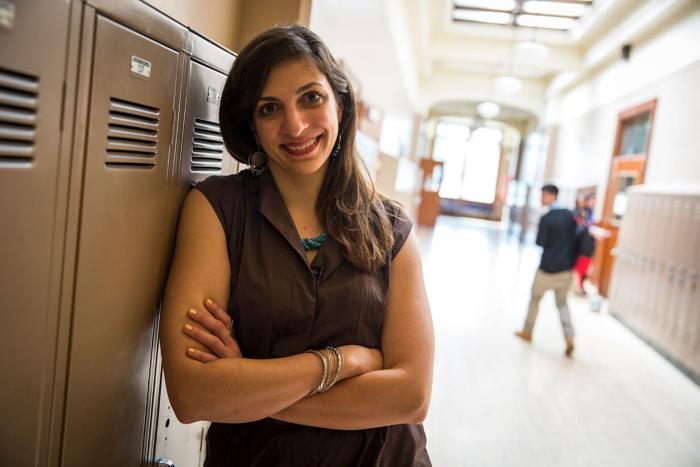
Michelle Nicola
Bridger School • Portland, Oregon
Michelle Nicola sees creating a more equitable world as the ultimate adventure of her life. Nicola’s students, idealism and love of community inspire her as a Spanish and language arts teacher who also teaches about the power of kindness and respect.
In her former role as a Spanish teacher at De La Salle North Catholic High School, Nicola advised a heritage club for students of all backgrounds, moving away from a “fabric and foods” approach to teaching about culture in favor of delving further beneath the surface. This year’s club theme, “What does it mean to be an ally?” exemplified Nicola’s aim to be the best ally possible for her students. She is also committed to making school fun for students. While her students outwardly bemoan it, Nicola is always ready to turn her classroom into a theater, dance club, kindergarten or soap opera.
